Please view our updated COVID-19 guidelines and visiting procedures →.
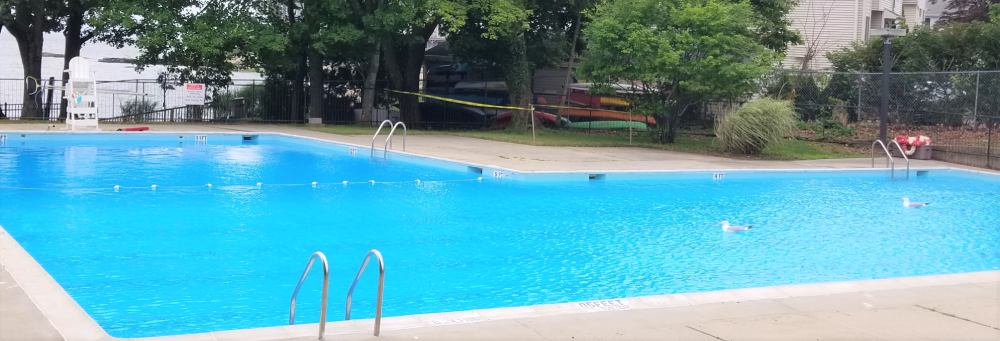
Connecticut Hospice is pleased to join forces once again with Branford Parks and Recreation Department to offer the Hospice Pool Program.
Socially distanced swimming is easy when our pool is Olympic-sized, and numbers are kept low.
Add beautiful views of Long Island Sound and ample free parking, and there's no reason not to join us.
Options include; Open Swim, Aquacise Classes, and Senior Swim.
For eligibility and details, please visit: Branford Parks & Recreation Hospice Pool Program

Hospice Caregivers are daily in the presence of people who are in need of support and comfort, whether they are a patient whose illness is causing them physical suffering or emotional angst, or they are a family member in grief for the imminent or recent loss of someone they love.
In the previous two installments of our series on Spiritual Care in Difficult Times, Connecticut Hospice Pastoral Care Volunteers explored the role they play for people feeling the pain of fear, anger or hopelessness, or for those wishing to focus on their spiritual strength, regardless of whether there is a connection to any particular faith or not. They spoke of the profound spiritual connection that can happen when they sit in silence and solidarity with another human being,.
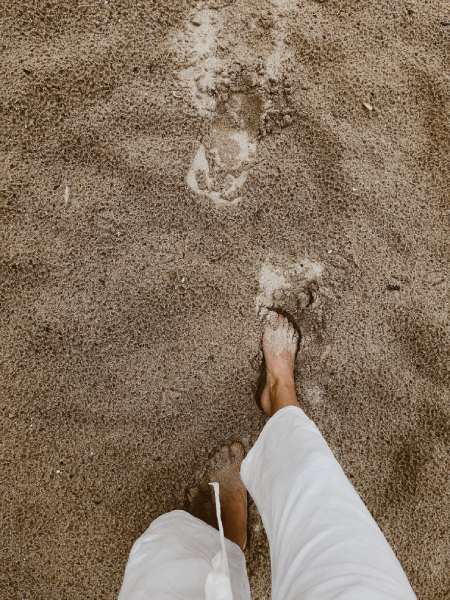
In this third part of the series, Allison H. Fresher, Pastoral Care Volunteer at Connecticut Hospice, shares a contemplative piece about accompanying those in hardship and pain, and reports of the joy, emotional healing and opening of hearts that can come from human togetherness.

Come walk with me. We will walk along the beach together. I know there is a storm brewing this day. After all, this is the rainy season. Big, puffy clouds, filled with rain, sit heavily over our heads, unmoving, almost black. Our feet shift in the sand. Today, the water does not glisten nor reflect the sun’s rays. Rather, we see signs of the coming storm.


The tide is going out, the Sound’s whitecapped waters flowing towards the larger sea. I notice a puffy, white, ocean bird floating by us. I let go of your hand, so I can point it out to you. How amazing, I think. It rides the current, not fighting the water’s forceful flow. It seems almost joyful or certainly, at peace with the water’s chaos.


You turn your head and look. Now, we are both staring in the same direction. We join our hands again, holding them tightly. Together, we stand there, captivated.
God grant me the serenity
To accept the things I cannot change;
Courage to change the things I can;
And wisdom to know the difference.
Living one day at a time;
Enjoying one moment at a time;
Accepting hardships as the pathway to peace*
*These lines excerpted from the Serenity Prayer, written by Reinhold Neibuhr in the 1940's
In acceptance, we find peace. In times of hardship, joined together, unexpected gifts captivate us. Joy can arise from sorrow. We may smile with fond memories or feel strengthened through forgiveness, given or received. Through our pain, spirituality may be discovered or reborn. In times of trial, these outcomes can happen; they often do happen. Yet, there may also be doubt.
When I enter a patient’s room, I sometimes perceive a patient or family member erecting an invisible wall. Due to real world experiences, some may fear that I will attempt to preach over their doubt, convert them to a particular faith tradition, or proselytize. Others may believe that, since we walked different paths in life, we cannot relate. I have had many of these same feelings, and so, I empathize.

As pastoral care providers, we respect difference and acknowledge doubt.
Answers to the hardest questions are elusive; as humans, simply put, there are mysteries.
Healing takes time, and acceptance can be hard won.
At Connecticut Hospice, we experience with our patients, their families, and even staff members, the broad range of emotions arising from pain.
Sometimes, we are the students, and our wonderful patients are the teachers.
Other times, we help those in need find their way to healing, faith and hope.
Either way, the most perfect gift is exchanged.
Our hearts are opened.

We are here to take the walk with you, looking out at the stormy sea together. Know this; in our humanness, even while in the worst pain, there is a path to acceptance and joy. At Connecticut Hospice, it has been a privilege to witness this powerful journey, over and over again.
The sun does come out, and the light again shines.

Further resources suggested by Allison:
https://tinybuddha.com provides simple wisdom for complex lives.
https://www.beliefnet.com helps people find and walk a spiritual path that instills comfort, hope, strength and happiness.
http://www.contemplativeoutreach.org provides resources in support of contemplative prayer, bringing calm and stillness to a hectic world.
In addition, readers should be encouraged to reach-out to the Connecticut Hospice Pastoral Care Department for helpful prayer resources aligned to each faith background:– 203-315-7512.
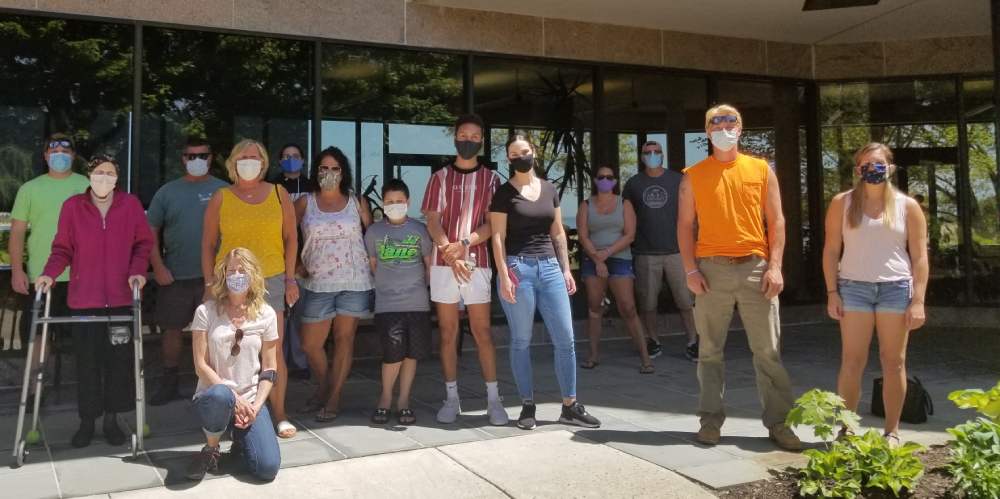
One of hospice care’s fundamental principles is to provide support not only to patients but also to their families. Until May 20, Mrs. Bachman was the patient in the Bachman family, fighting pancreatic cancer.
On May 21st that all changed and Mrs. Bachman was suddenly to become the family member, and soon a widow. On that day her husband unexpectedly collapsed and was rushed to YNHH where his condition was diagnosed as terminal.
On May 22 Mr. Bachman was referred to Connecticut Hospice. When he arrived at the inpatient facility, unfortunately state visiting policies during COVID-19 could only allow two visitors, his wife and daughter, to be with him in person.
The entire family gathered in front of the Connecticut Hospice facility hoping for a glimpse of the husband, father, father-in-law, grandfather, and great grandfather they hadn’t seen since his collapse, and probably would never see again.
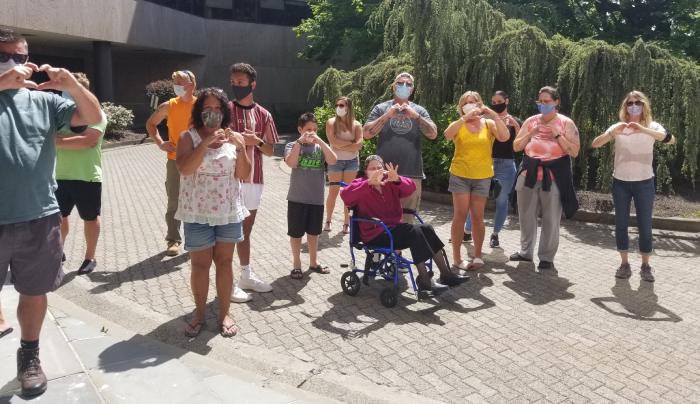
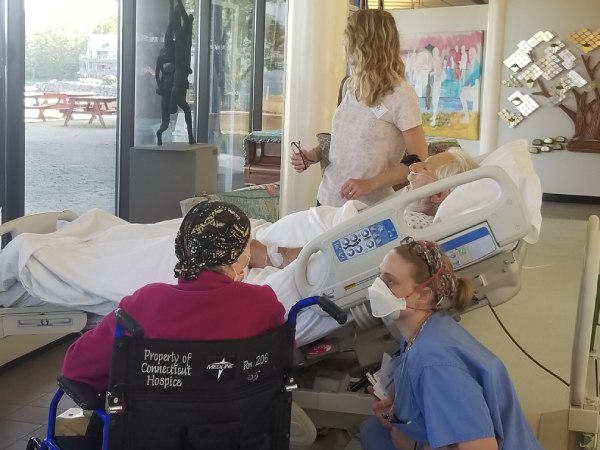
As the ambulance arrived, the family gathered closer to voice how much they loved him and made heart shapes with their hands.
Staff Social Worker Stephanie Albright met with the family outside and realized how close Mr. Bachman was to the end of his life, and how important it was that this family got to see their loved one for one last time. She quickly contacted the nursing staff and coordinated a last-minute window visit.
Mr. Bachman was wheeled down to the window in the lobby, while outside his family stood, choking back tears but smiling with love.
They all raised their hands as one to make an "I Love You" sign, and sent him a final outpouring of love by singing one of his favorite songs to him: “Country Roads,” by John Denver. All the generations of Bachmans singing together to their loved one was amazing and profoundly moving to witness.
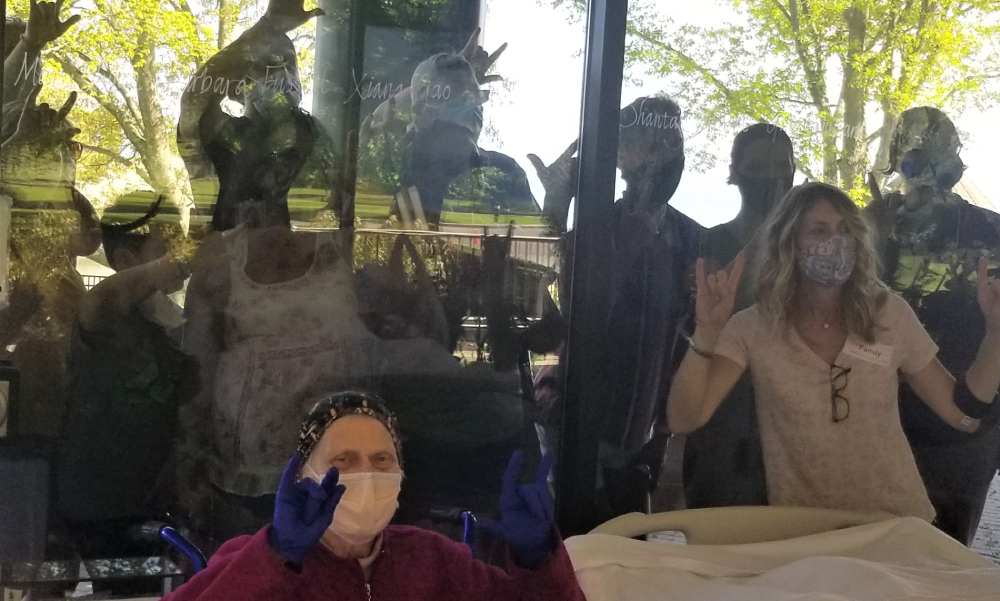
Since Mr. Bachman’s death, this large multi-generational family (4 adult children and spouses, 17 grandkids and 2 great grandkids) has come together to support each other in their sorrow, spending many days together working through the unexpected loss and sharing memories, meals, stories and grief.
They have also graciously allowed us to share their Connecticut Hospice experience with you.
This close, loving family has made an impression on our staff, but one member in particular has stood out from his adult relatives, not only because of his age, but for the words he spoke when sharing memories of his “Papa”. 8-year old great-grandson Jayden was asked how he would describe his Papa, and his answers are a testament to the deep connection shared by patients and families, and why treating the patient and family as one is of such importance.
“He put everyone else first, especially GG.”.
“He was kind.” “Papa was always respectful of everyone.”
“I know when he comes to visit it is his soul talking to mine.”
“When I see a heart, I know it is him.”
“I talk to him and tell him I hope he is happy and that I miss him.”
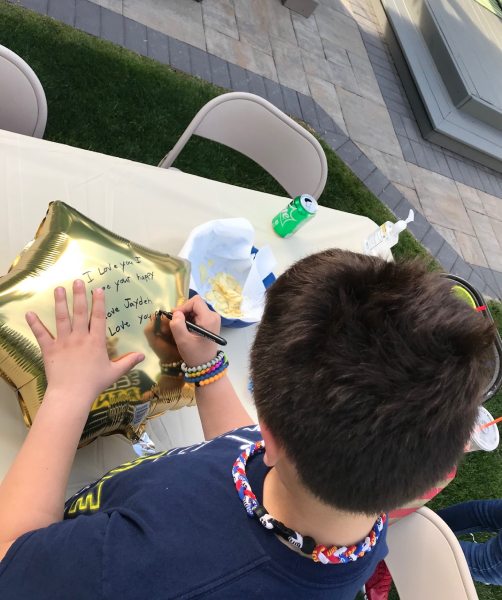
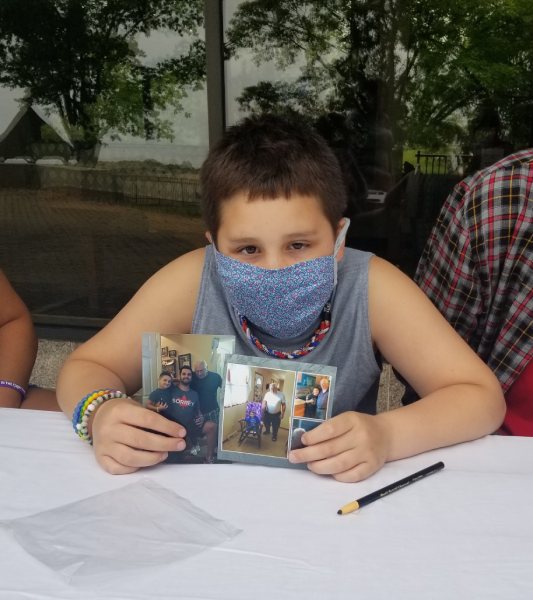
Connecticut Hospice Resources
Read more about the patient and family as one unit of care here Patients and Caregivers
For information on grief support click here: Bereavement Program
On Children and Grief
Hospice Foundation of America: Children and Grief
The Dougy Center/The National Center for Grieving Children and Families: How to Help a Grieving Child
Psychcentral: Children and Grief
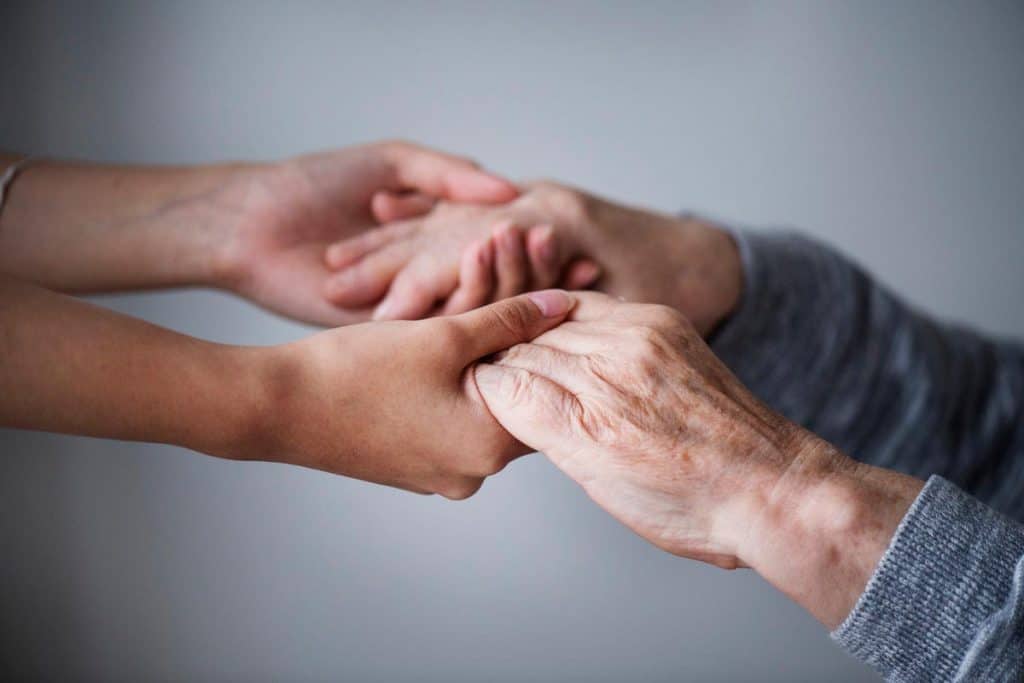
NPR's Life Kit always features many useful resources, but we couldn't agree more with the timeliness and importance of their recent offering "End-of-Life Planning is a "Lifetime Gift" to Your Loved Ones".
Author Kavitha Cardoza points out how difficult it is for many people to talk about, and plan for, death.
"That's a big mistake, because if you don't have an end-of-life plan, your state's laws decide who gets everything you own. A doctor you've never met could decide how you spend your last moments, and your loved ones could be saddled with untangling an expensive legal mess after you die".
Cardoza presents a list of six tasks with input and detail from additional experts. The recommendations are offered not only to make the end of your life smoother, more manageable, and adherent to your own choices, but also to make the process and the time after you are gone much easier for your loved ones to navigate.
Her recommendations are in no way offered as legal or medical advice, but are presented in simple steps to get you started.
To read the article, or listen to the audio, click here: NPR Life Kit: End-of-Life Planning is a "Lifetime Gift" to your Loved Ones
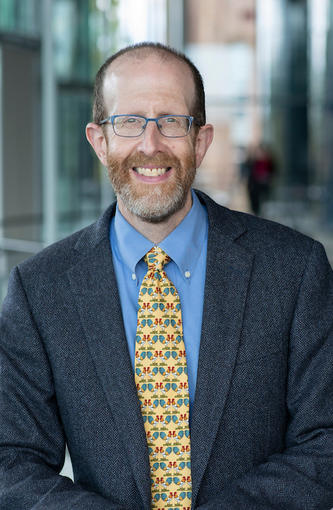
On June 10, national expert on pandemics and public policy Professor Howard Forman, MD, MBA, FACR, Professor of Radiology and Biomedical Imaging, Public Health (Health Policy), Management, and Economics at Yale University, spoke to Connecticut Hospice staff about COVID-19.
Professor Forman answered questions on a variety of topics relevant to professional practices and personal lives during the pandemic.
“It is possible that we are going to live the rest of our lives with a pandemic in some way, shape or form, and we are going to have to acclimate to that. Think about everything you do, and mitigate the risk as much as possible. To think we will never go out or attend family functions and gatherings would probably be ridiculous, but we should all avoid crowded, enclosed, indoor spaces or functions".
"Every single thing you do comes with some heightened risk. The thing that reduces your risk is decreasing mobility and not interacting with anybody and that’s just not how we’re going to be able to live our lives”.
The two practices he emphatically emphasized are wearing a mask always, and testing.
“If no vaccine is available I believe that testing is equivalent. If I could provide you with a $5 - $10 instant test for coronavirus that was highly sensitive, that you could do every day, you would basically eradicate this and have no problem of spread. And if we did this on a wide scale in the United States for a period of time we would stop this”.
Professor Forman stated the belief that testing will be scaled up and cheap enough for widespread implementation in the next six months.
Ideally, he said, “If you are home with someone vulnerable, test often”.
On the subject of pre/asymptomatic spread by a COVID-positive person, he confirmed that there is a documented two-day window before symptoms show when you can infect others.
“It is impossible to know if you are pre-symptomatic. Your assumption should always be at any given point in time that you might be infected – you just may not have symptoms yet”.
While his warnings are sobering, he concluded that with proper protection – wearing masks, frequent hand-washing, constant adherence to social distancing guidelines and avoiding crowded settings – your risk can be greatly mitigated.
Watch the entire session here:

Summer is here, and the natural world is exploding with life. While so many human beings stayed at home this spring, you may imagine what a ‘field day’ plants and animals have had. Our connection to all things growing is as old as our species, and we reap a myriad of benefits when in touch with nature - rejuvenation, stress-relief, increased health, sustenance, joy, creative inspiration, to name just a few.
For those unable to get outside because of social isolation or activity-limiting illness, there are many alternative routes to those life-enhancing rewards.
In this series we will discuss why and how nature is so beneficial to us and we’ll share some resources to help you bring some of the natural world to your own environment, wherever you are.
In later installments of the series we will visit the world of trees, which we know give us improved health in ways large and small. Their ability to provide oxygen, shade, medicine, and beauty is unmatched in our planet’s flora. Later, we’ll journey to the wilderness and find out how the natural landscape can improve our wellbeing and inspire our creativity, even when we are sitting indoors.
In Part 1 we start closer to home, as we explore gardens, gardening, and the therapeutic role played in our lives by our involvement with plants.
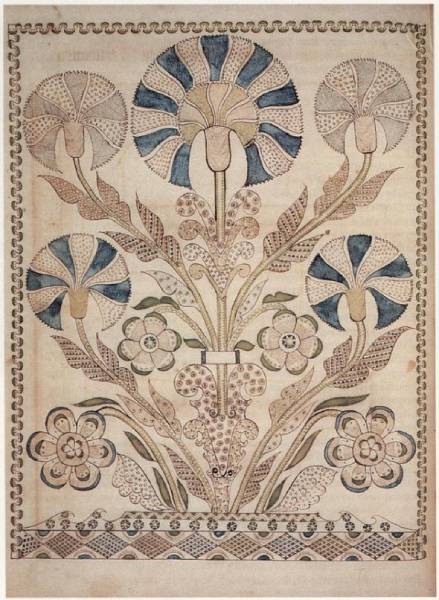
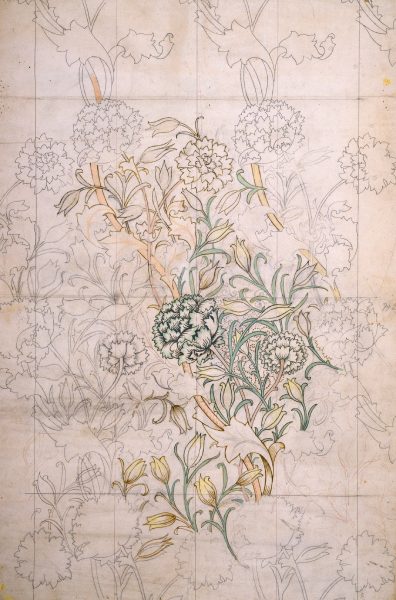
The human instinct to control our natural environment seems to have existed from our earliest days. Once we mastered the hunting and growing of ample food supplies, evidence teaches us that our ancestors began to design and plant for pleasure. Human knowledge of plant life expanded through trial and error to include nutritional, medicinal, and eventually purely aesthetic uses. When we looked at a beautiful landscape perhaps the pleasure we felt gave us the urge to try to reproduce it.
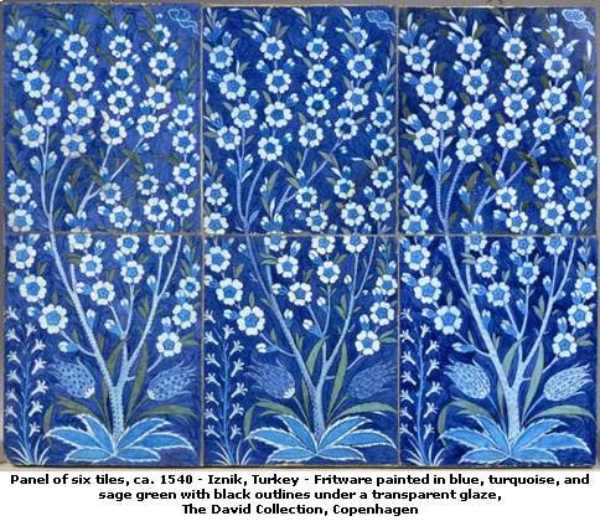
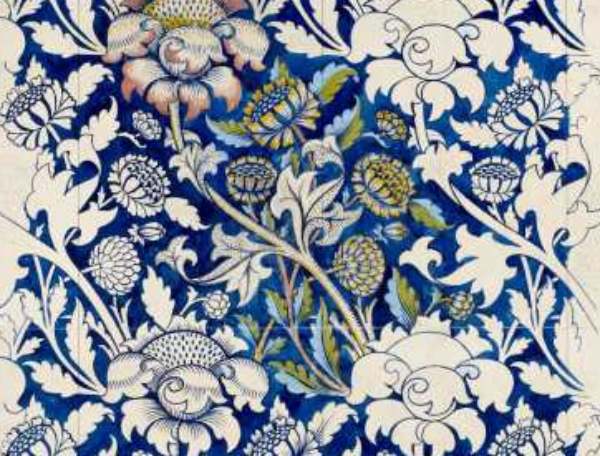
For millennia, gardens have been created as places of solace, escape, and relaxation. They have been catalysts for creativity, inspiring countless works of visual, literary and musical art. Their design is seeded in the imagination and nurtured by experiment and conditions, the only ‘rules’ being those of climate and space.
Ranging from the most grandiose and formal to a few simple containers on a sunny windowsill, there is a style to please everybody. Whether private or public, gardens can be manifestations of personal statement and cultural pride. They are sites of solitary, family, or community activity, which know no boundaries of age, geography or wealth. During times of war and, recently, pandemic, edible produce has been raised in ‘victory’ gardens, allotments, small plots and indoor pots. Anyone can garden with a minimum of material, (and most gardeners love to share or swap); very few people are immune to the enjoyment of being in one.
Before we continue, take a moment to enjoy this gallery of plants and gardens, and observe your responses to each of them:
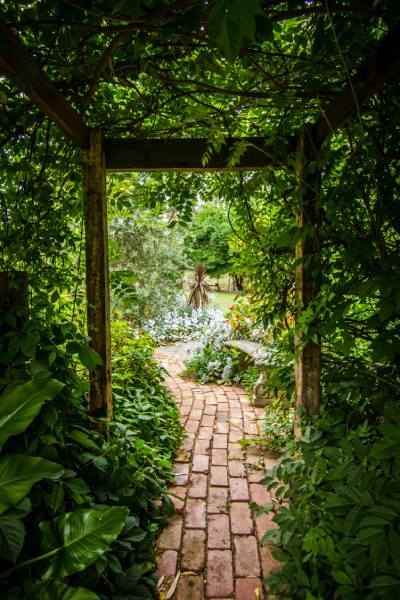

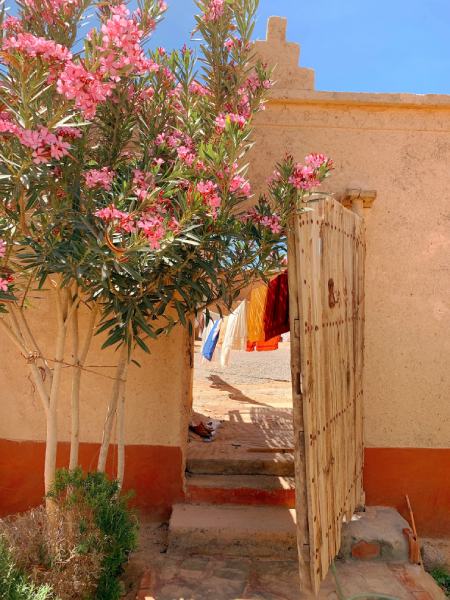
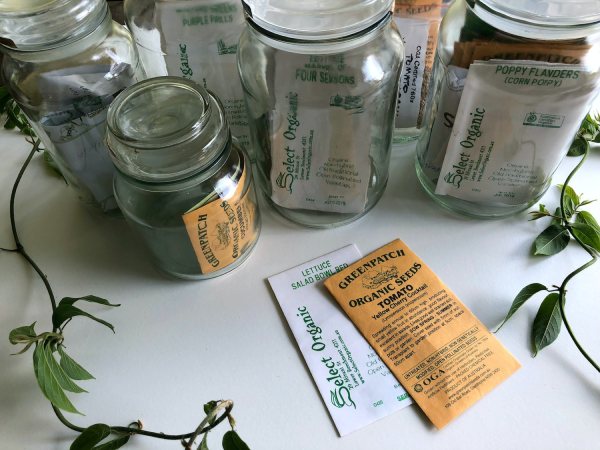
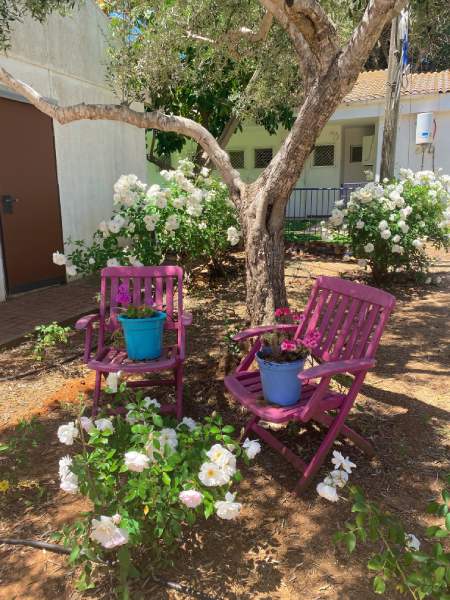

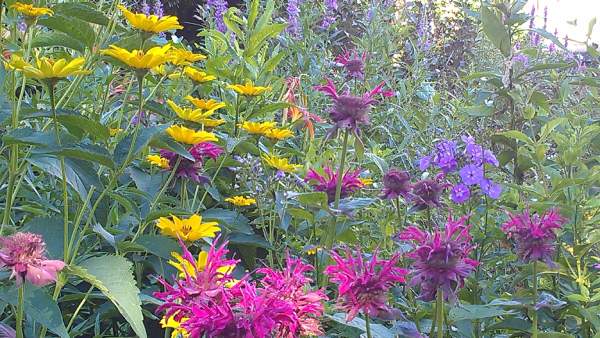
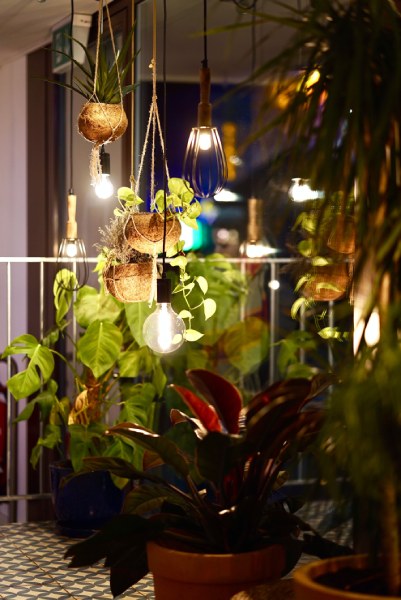
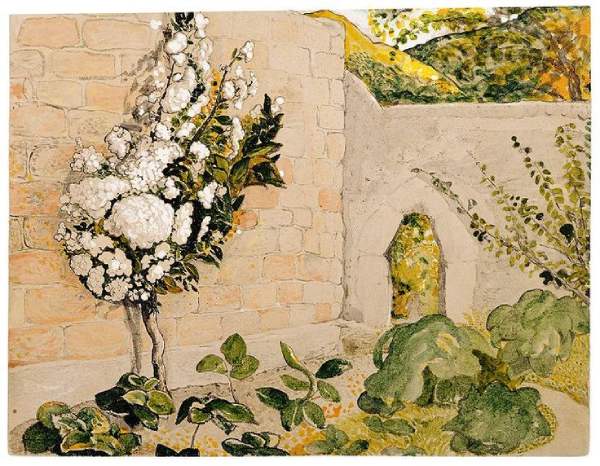
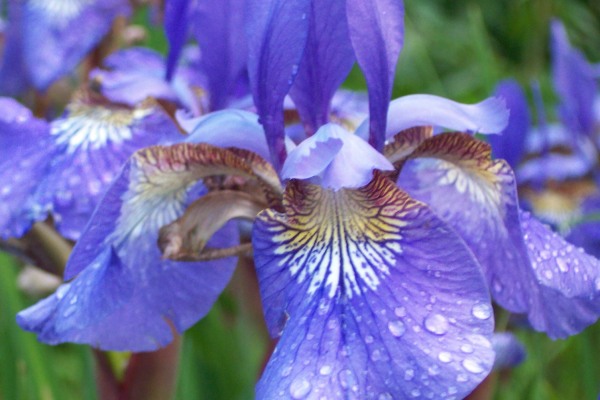
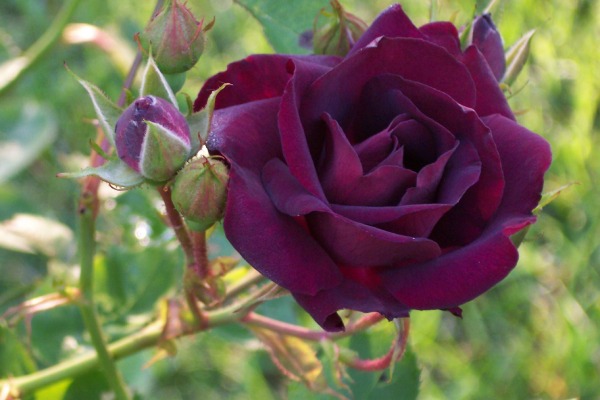
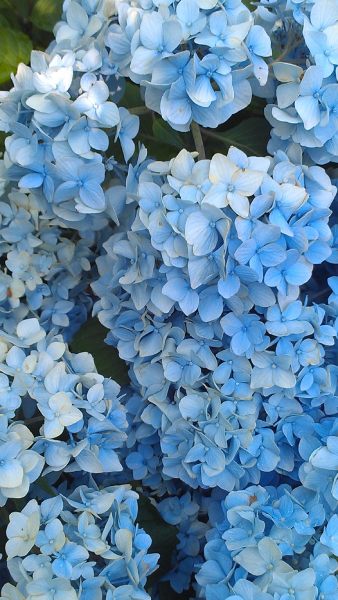
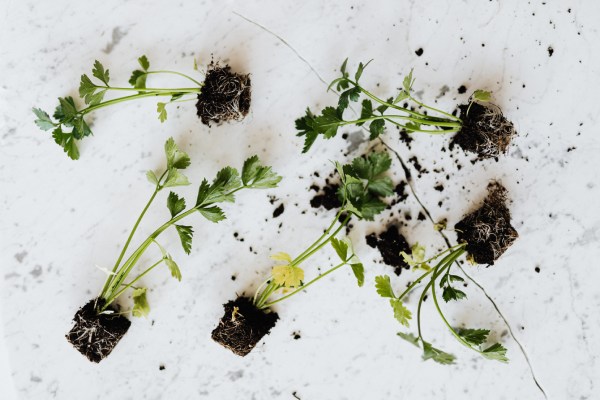
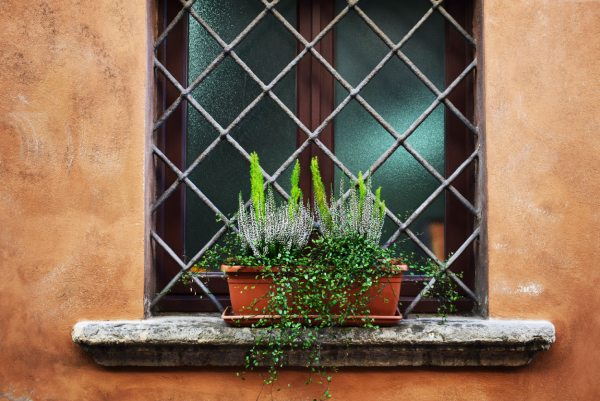
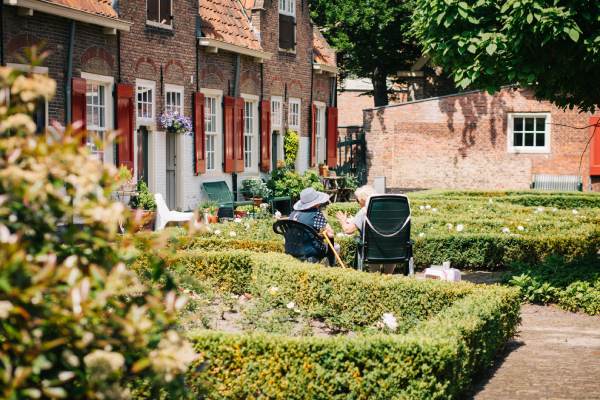
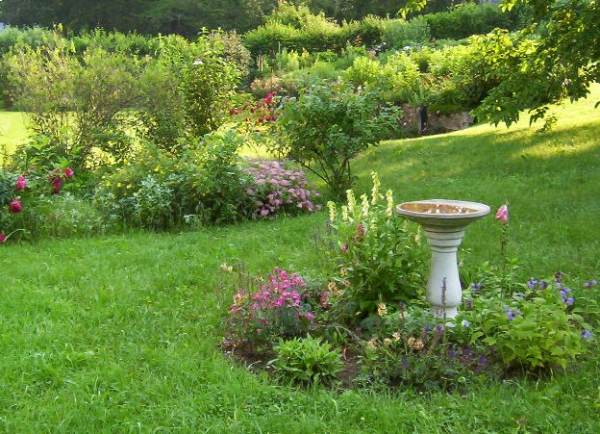

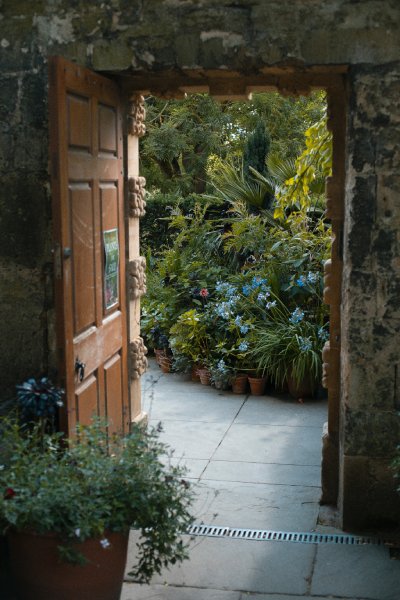
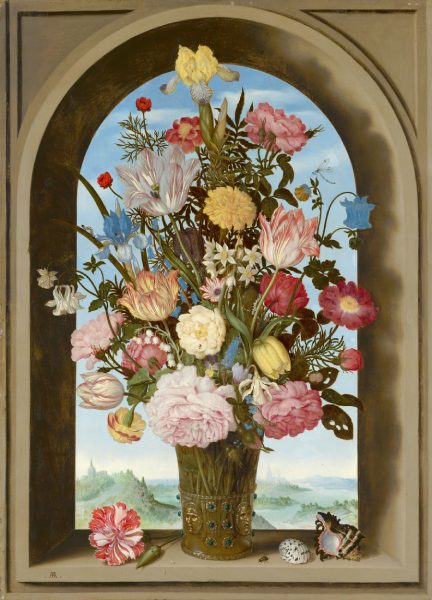
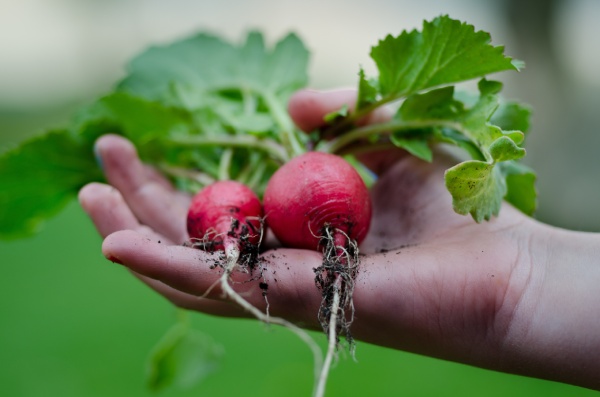
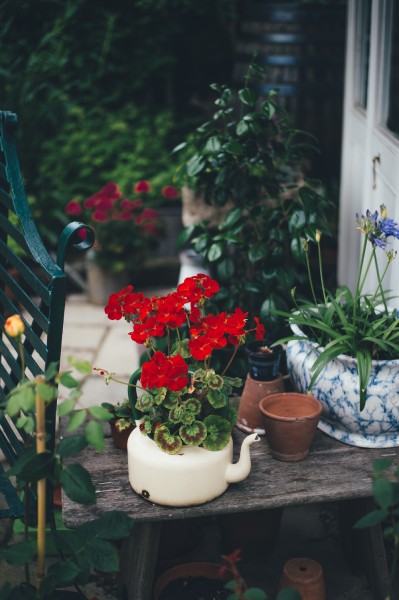
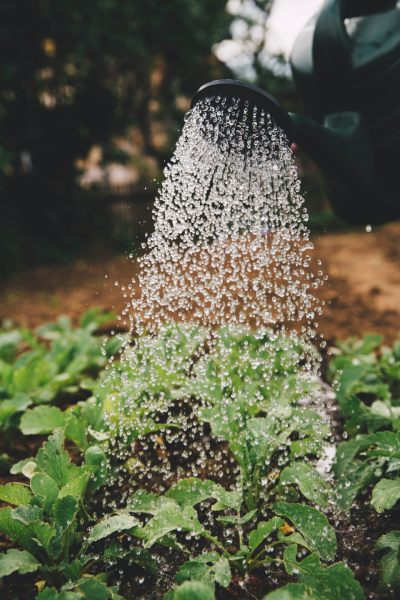
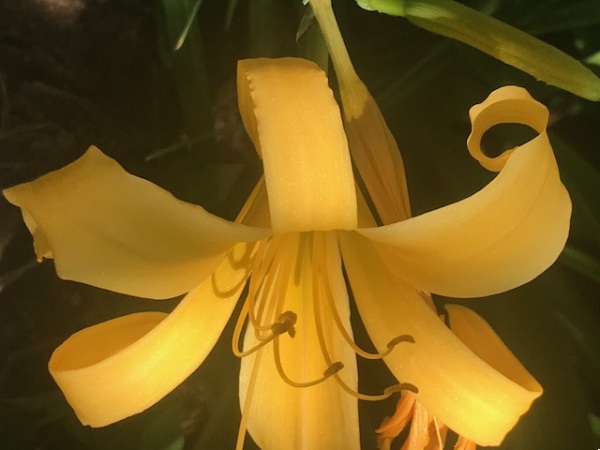
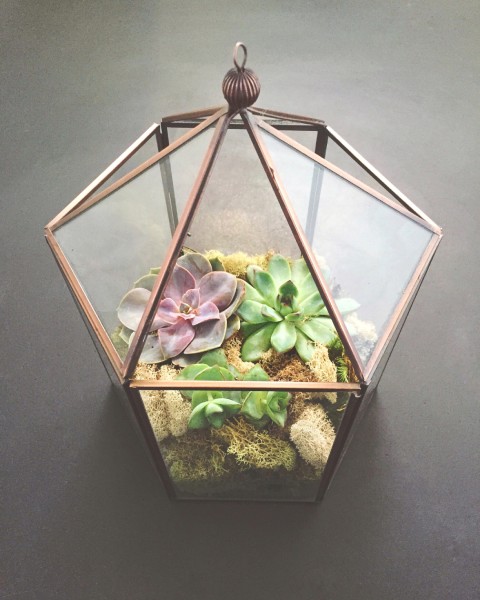
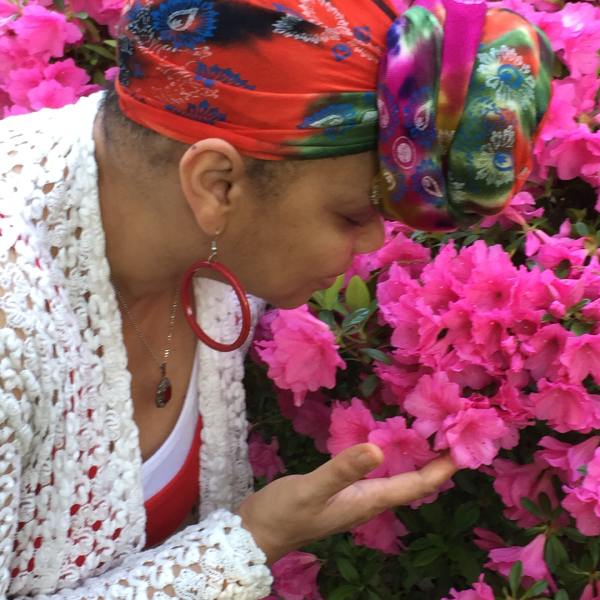
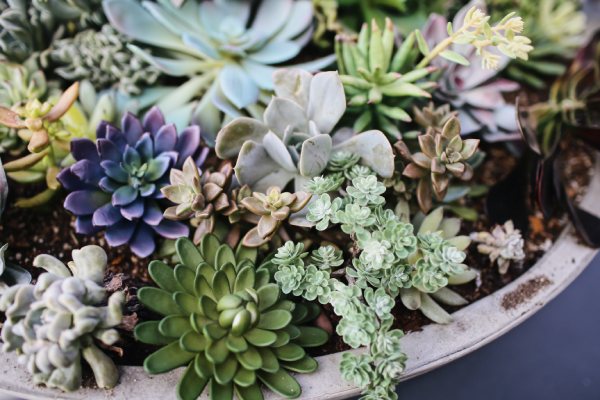
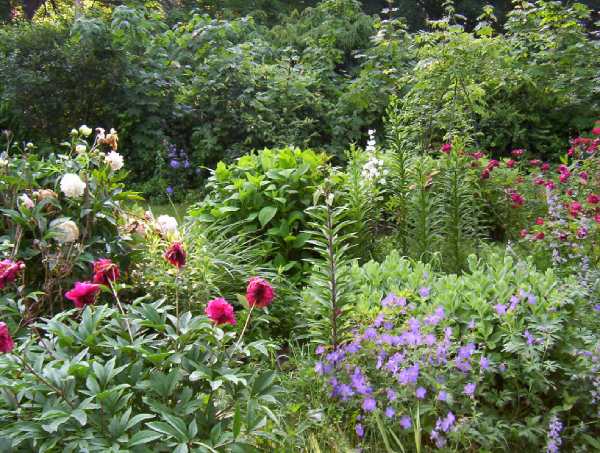
There is a quiet thrill to be found in cultivating a life force other than our own, and wonderful moments of surprise when plants enforce their own will and spring up in unexpected places. As we nurture gardens, so do they nurture us.
Beyond their cultural, historical and social importance, gardens and gardening provide profound physiological benefits. They stimulate all our senses. One or two plants in an indoor pot can do this, or a richly planted garden outdoors. We know that aromas can trigger memories, colors can affect our emotions, shape and form feed our ability to use logic and enhance memory. Likewise, certain natural sounds can reduce our heart rates, and the taste of something healthy and fresh can encourage appetite. The physical activity of gardening on any level can improve fitness and motor ability.
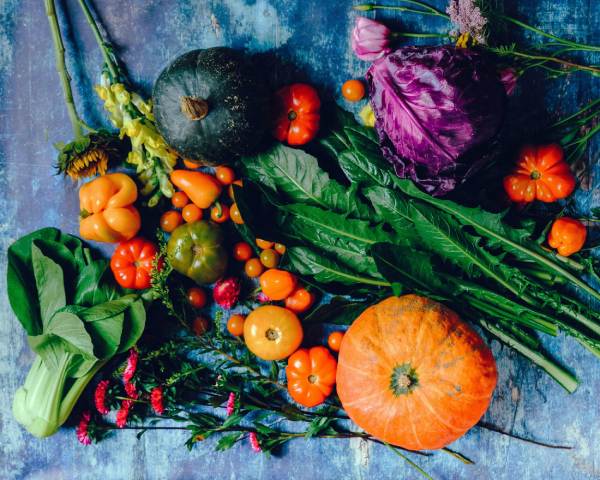
Because they engage all these senses, it is clear that gardens bring huge rewards. For persons with cognitive deficits or impaired motor skills, they have a particular value: – the cerebral cortex of the brain, where sensory information is processed, is stimulated by the sights, smells, sounds, tactile textures, and taste of plants and gardens. The cerebral cortex is also where motor function is controlled and voluntary movement regulated, and it is the area of the brain responsible for processing language, planning and organizing.

The physician and writer, Oliver Sacks, explains the value of gardens:
"As a writer, I find gardens essential to the creative process; as a physician, I take my patients to gardens whenever possible. All of us have had the experience of wandering through a lush garden or a timeless desert, walking by a river or an ocean, or climbing a mountain and finding ourselves simultaneously calmed and reinvigorated, engaged in mind, refreshed in body and spirit. The importance of these physiological states on individual and community health is fundamental and wide-ranging. In forty years of medical practice, I have found only two types of non-pharmaceutical “therapy” to be vitally important for patients with chronic neurological diseases: music and gardens." (from “Why We Need Gardens” in Everything in its Place: First Loves and Last Tales).
This year more than ever, many of life’s most sustaining activities have by necessity become virtual ones. While many of us may not be able to travel or experience the beauty of gardens in person, the internet can take us there with a larger number of options and more stunning videography than ever before.
The New York Botanical Garden, a National Historic Landmark and the largest Garden in any city in the United States, is a wonderful source of information, beauty, and escape. Their website offers marvelous virtual tours through their gardens, ranging from spring flowering bulbs and blossom trees to roses in high summer. Tutorials by NYBG experts can be found there and on YouTube to help you with indoor plants and outdoor flowers and shrubs. If you want to grow some of your own fresh vegetables their website also features guides especially tailored for children and beginners.
Click here to tour the gardens or watch their free tutorials: New York Botanical Garden at home
If you would like to explore some of Great Britain’s famed gardens, including Kew Gardens, National Trust sites and The Royal Horticultural Society’s Chelsea Garden Show, this collection of virtual tours is not to be missed: Enjoy virtual British gardens
Whether in real life or virtually, the pleasure we can take in gardens and gardening is available to us in every season. We observe in the life cycles of the natural world an echo of our own finite existence, but there is comfort there in abundance. The careful preparation of a plant pot or a flower bed, and the expectant anticipation of our success, feed our sense of hope. The excitement of seeing a young shoot first emerge from our soil is hope brought to fruition.
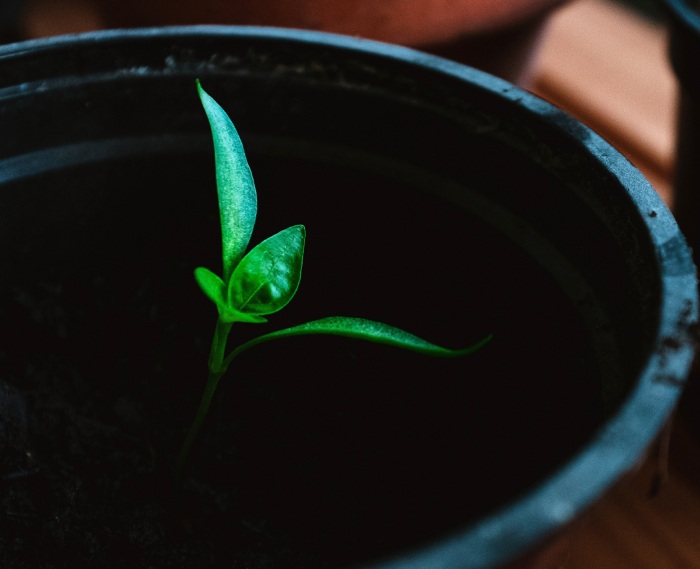
"And don't think the garden loses its ecstasy in winter. It's quiet, but the roots are down there riotous." - Rumi
Click here to read more about the the physical and mental benefits of gardens
To read a recent study comparing the health effects of natural vs city landscape click here: Experimental Study on the Health Benefits of Garden Landscape
To read about gardens in history:
As a not-for-profit, we depend on generous donors to help us provide customized services and therapies that aren’t completely covered by Medicaid, Medicare, or private insurance.
Please make a gift to help us sustain the highest standard of care.
Admissions may be scheduled seven days a week.
Call our Centralized Intake Department: (203) 315-7540.